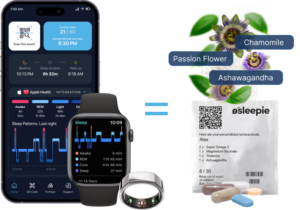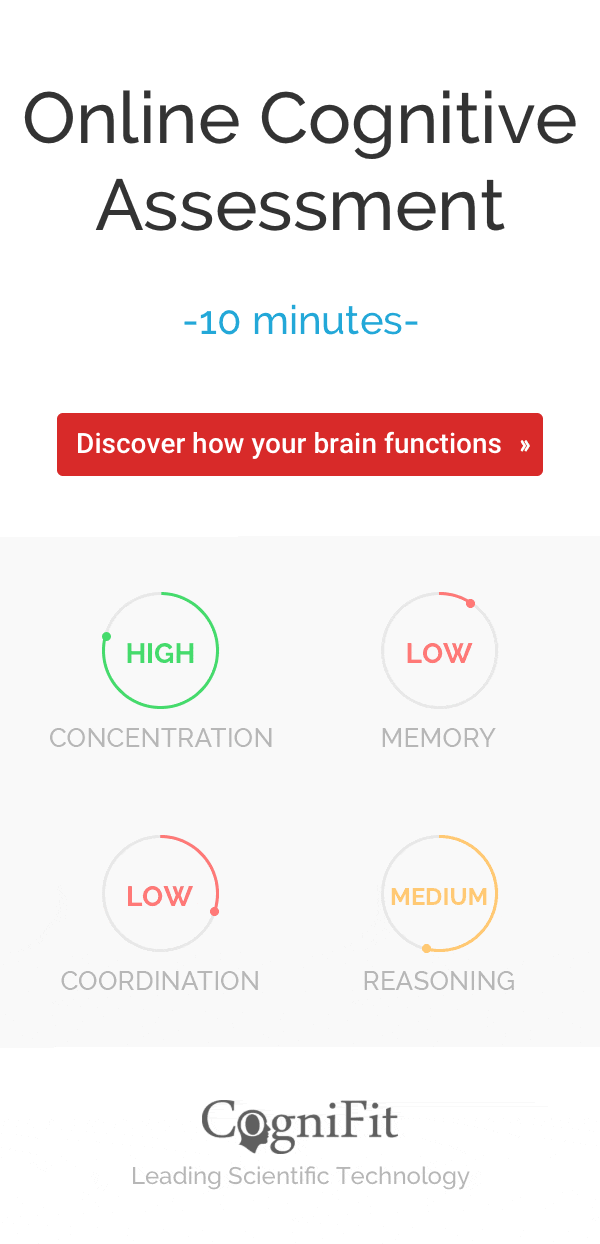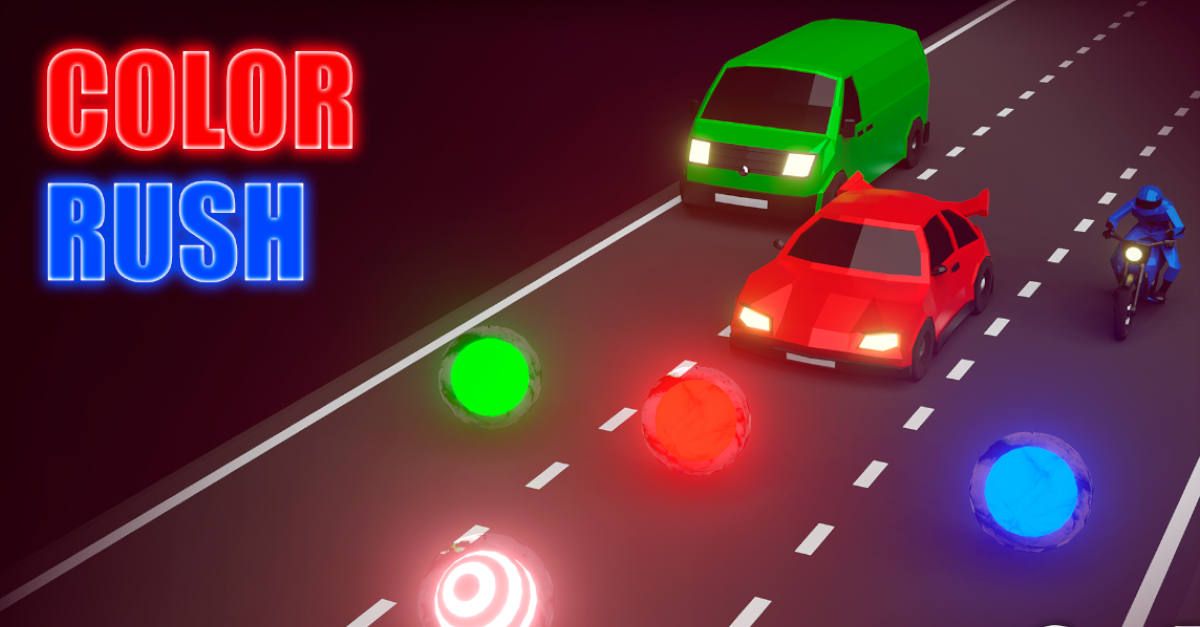
Color Rush: An Arcade-Inspired Brain Training Game
This month we have an exciting new arcade-style brain training game called Color Rush. The high-speed driving game is a fun and exciting way to help boost some of your most important cognitive skills!
ABOUT THE GAME
The main objective of this high-octane driving game is to steer your vehicle through the racetrack as fast as possible. At the same time, you need to collect as many orbs with the same color as the vehicle.
However, watch out for the different obstacles that may appear on the road. The game will become more challenging as the user moves through the different levels, progressively requiring more cognitive resources.
CogniFit’s team of neuropsychologists fashioned this common arcade-style racing game for two reasons. First, so players could relieve their past vintage game experiences. And second, to train cognitive skills in a fun way.
HOW TO PLAY COLOR RUSH
Color Rush uses mechanics that are very simple to learn but can be difficult to master at higher levels.
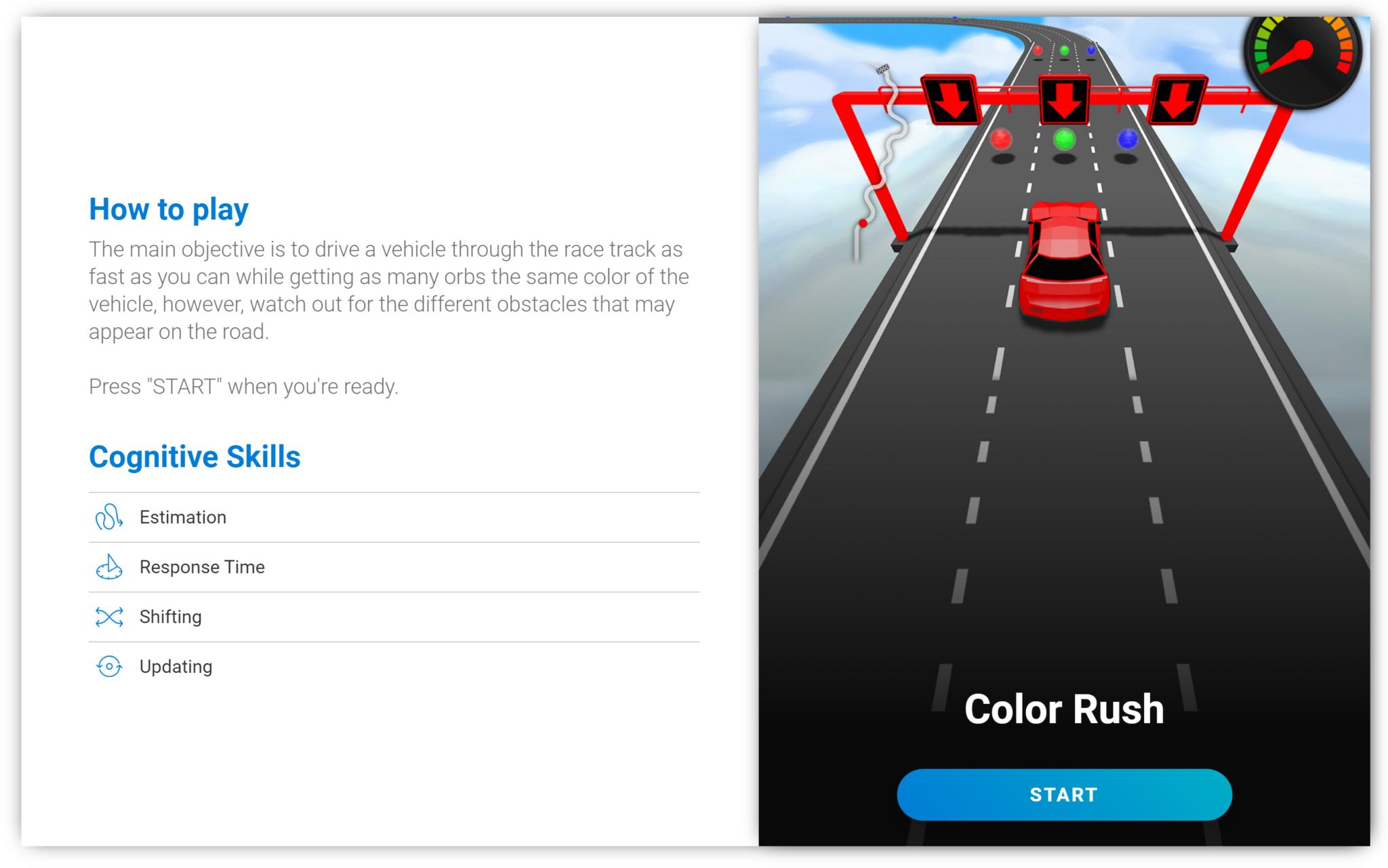
The basic objective of Color Rush is to drive your selected vehicle along the racetrack and collect orbs.
This may seem simple at first. However, drivers will quickly see that becoming a top-tier driver takes plenty of skill and lots of dedication. Obstacles are scattered along the track. And each type of block will require the player to plan ahead quickly to avoid them.
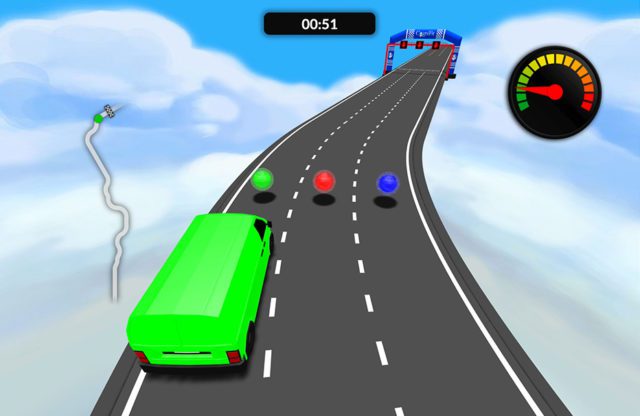
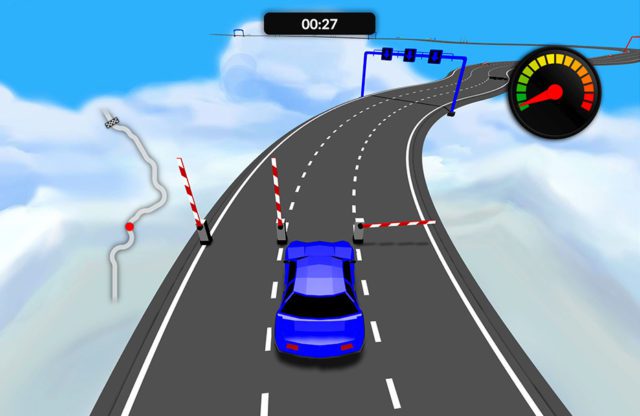
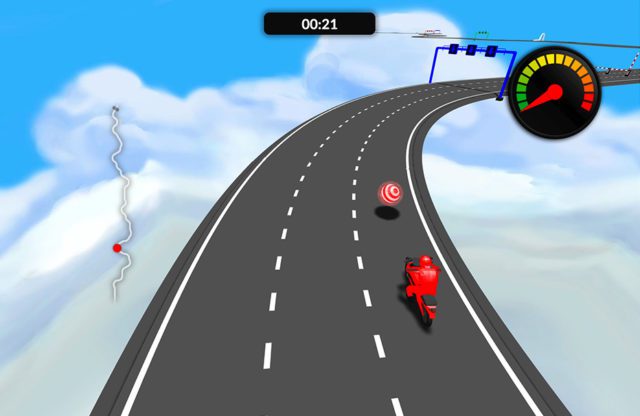
Freemode allows first-time users will be prompted to choose which difficulty level to start on. Currently, there are 6 to choose from. Each has its own combination of vehicles and other effects. But, be warned to start TOO high, or you might find yourself overwhelmed.
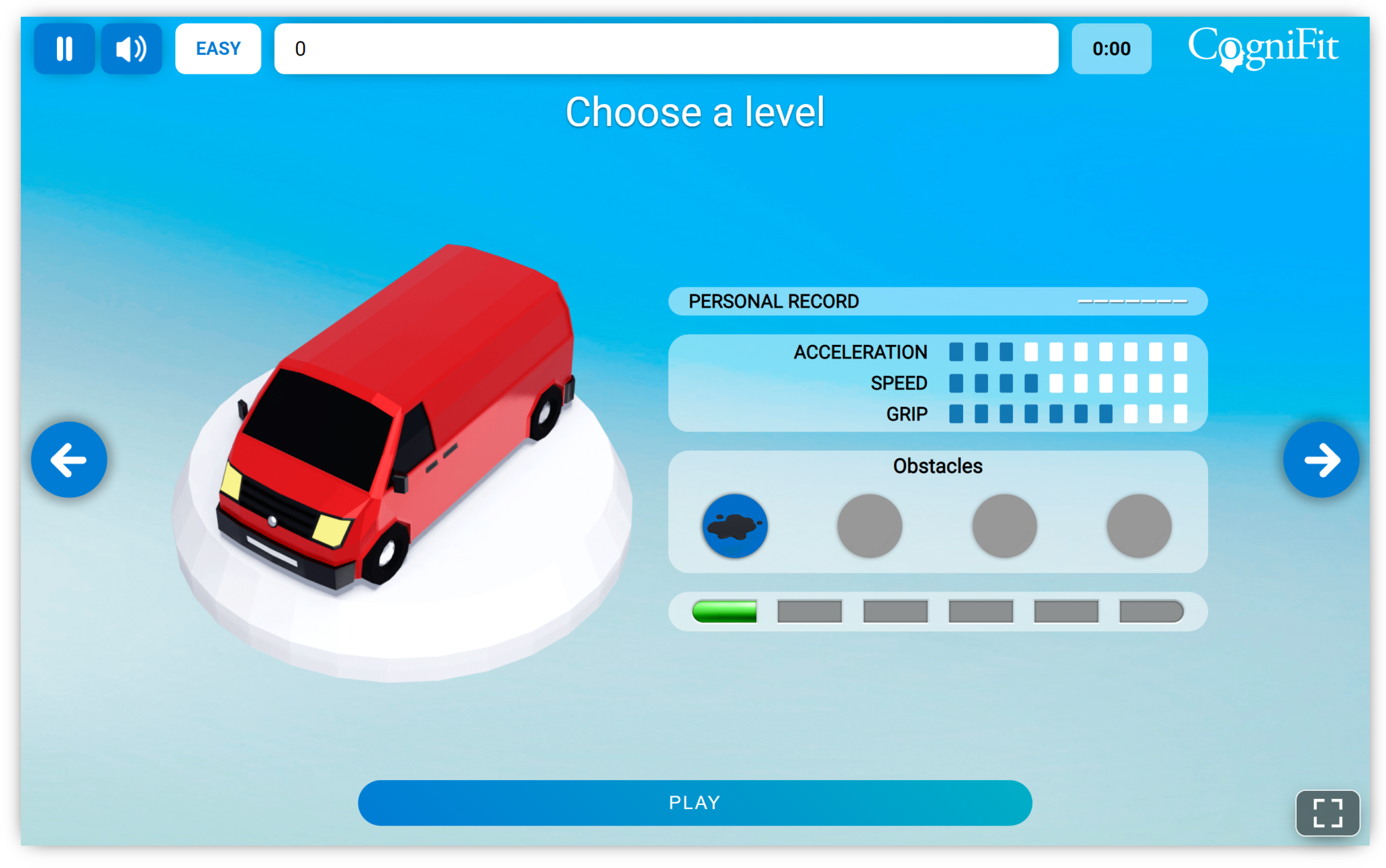
When playing on the lowest difficulty level (Easy), the player will have to navigate the racetrack with a van. It’s simple to control because of its low acceleration, top speed, and high grip. Players will only have to deal with basic obstacles along the route.
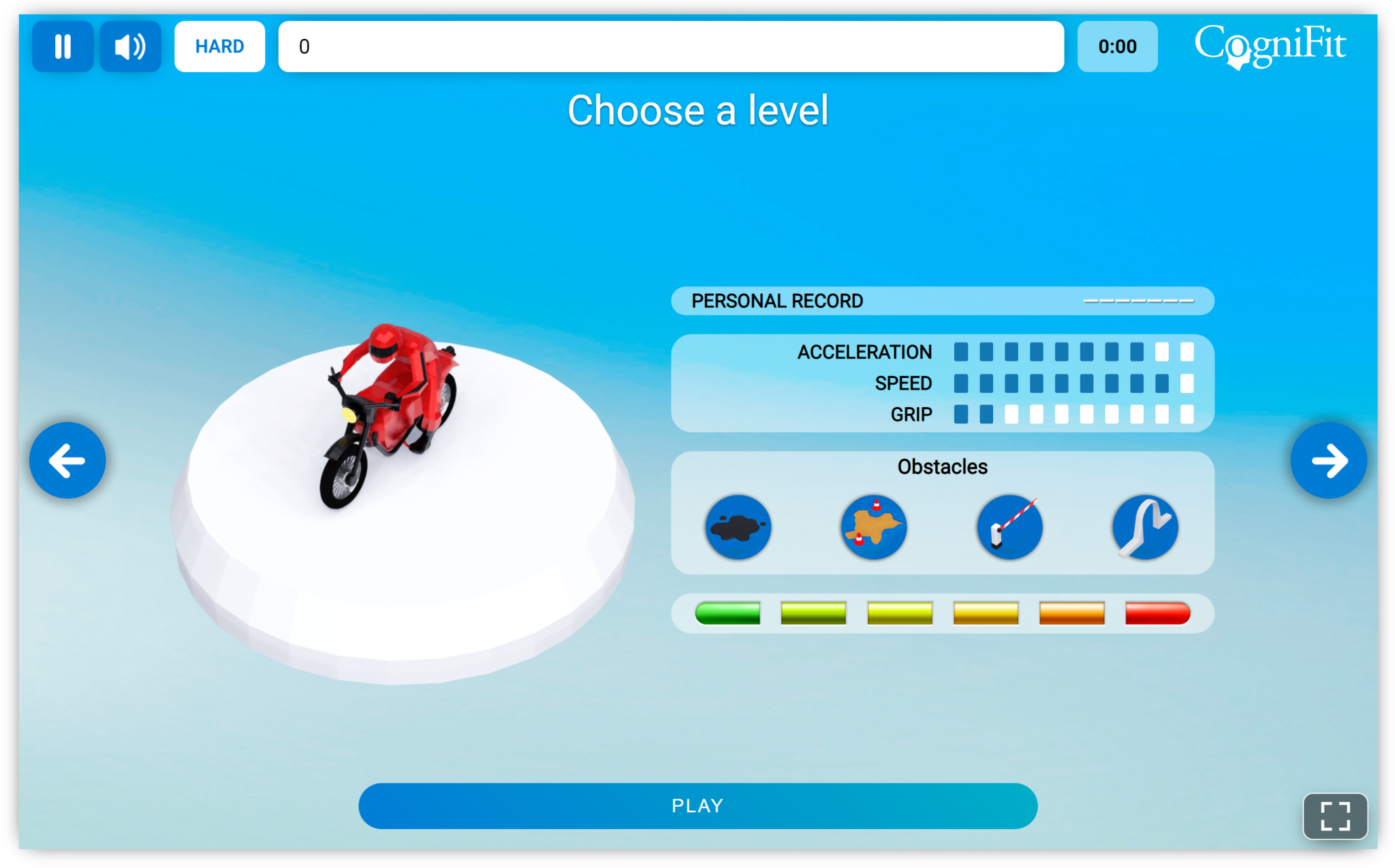
WHAT HAPPENS ON COLOR RUSH HARD LEVELS?
If the player decides to play on the highest difficulty level (Hard) they will find many more things thrown in the way. Also, their vehicle is a motorcycle with a fast top speed, high acceleration, but low grip.
What can drivers find along the route to the finish line? Let’s take a look:
- Colored Orbs: These orbs will be found throughout the track. The driver must pass through the lane where the orb matches the color of their vehicle. Don’t get caught in the wrong lane!
- Hourglasses: Occasionally the driver will encounter hourglasses floating along their route. Collecting these will give the driver precious extra time to collect orbs and cross the finish line.
- Obstacles: There are various obstacles scattered throughout the track. We don’t want to share what they are just yet! You’ll have to play the game and find out!
THE SCIENCE BEHIND COLOR RUSH
Color Rush is an exciting game that helps stimulate the cognitive abilities related to Updating, Response Time, Shifting, and Estimation.
UPDATING

Updating refers to the ability to oversee actions and behavior as we perform a task. It ensures that it is being completed according to the plan of action. In other words, updating makes sure our behavior is appropriate for a given situation. Also, that our brains are adapting to potentially changing circumstances.
Updating makes it possible to identify and correct any change from the original plan. It’s a function we use countless times over the course of a day. Some examples of how we might use updating in our daily lives include:
- A carpenter will have to use updating to ensure his bookshelves are cut and placed properly. A a programmer will constantly use updating to be sure that they haven’t made any mistakes in their code. Any worker in any field must pay attention to make sure that they are doing their work properly.
- When a child is doing their math homework, they need calculate and write down the right number. Students also have to make sure to take notes in class. Updating makes it possible for students to monitor and detect any errors as they write.
- When you’re driving to a specific location, you need to make sure to drive carefully and take the right exit. You’ll use updating when making sure that you’re going the right way and paying attention to the exits.
RESPONSE TIME

Response Time, also known as reaction time, refers to the amount of time that takes place between when we perceive something to when we respond to it. It is the ability to detect, process, and respond to a stimulus.
Our ability to appropriately respond to stimuli in a timely and efficient manner depends on many factors, including our ability to perceive, process, and respond to the situation at hand.
- Perception: Seeing, hearing, or feeling a stimulus with certainty is essential to having good reaction time. When the starter shoots the gun at the beginning of a race, the sound is received by the athlete’s ears (they perceive the stimulus).
- Processing: In order to have good reaction time, it’s necessary to be focused and understand the information well. Following the previous example, the runners, after hearing the gun, will be able to distinguish the sound from other background noise and know that it is time to start running (process the stimulus).
- Response: Motor agility is necessary in order to be able to act and have good response time. When the runners perceived and correctly processes the signal, they started moving their legs (respond to the stimulus).
SHIFTING

Shifting refers to the brain’s ability to adapt our behavior and thoughts to new, changing, or unexpected events. In other words, shifting is the ability to see that what we’re doing isn’t working and make the appropriate changes to adapt to new situations.
Shifting plays an important role in learning and problem-solving. It allows us to choose a strategy and carry it out while adapting to the changing situation we encounter.
Let’s look at the characteristics someone with strong cognitive test shifting may exhibit:
- The ability to adapt quickly to changes or new situations.
- Able to tolerate changes that may occur when problem solving or carrying out a task.
- Able to transition from one activity to another and know how to carry themselves properly in every situation.
- They can see from different points of view and recognize hidden relationships, which allows them to easily find different solutions to the same problem.
ESTIMATION

Estimation allows us to predict an object’s future location based on its current speed, distance, and time. The brain processes the information that your eyes receive and determines what will happen and how to react quickly.
We also use our estimation ability in perceptive thought processes. Once the brain has decided what information, it’s going to process, it evaluates and estimates. In order to accurately process the information you receive and make an estimation, you need to use past experiences as a reference.
Using real-life previous situations will help ensure that you make an informed estimation about what might happen.
Are you ready to test your Updating, Response Time, Shifting, and Estimation skills while stimulating your cognitive abilities?
We hope you enjoy these fast-paced cognitive stimulation brain games! Also, we would love to hear your thoughts on this or any of our other games. If you want to share with us, send us a message on social media.
And don’t forget to keep an eye out for the next exciting game review!

